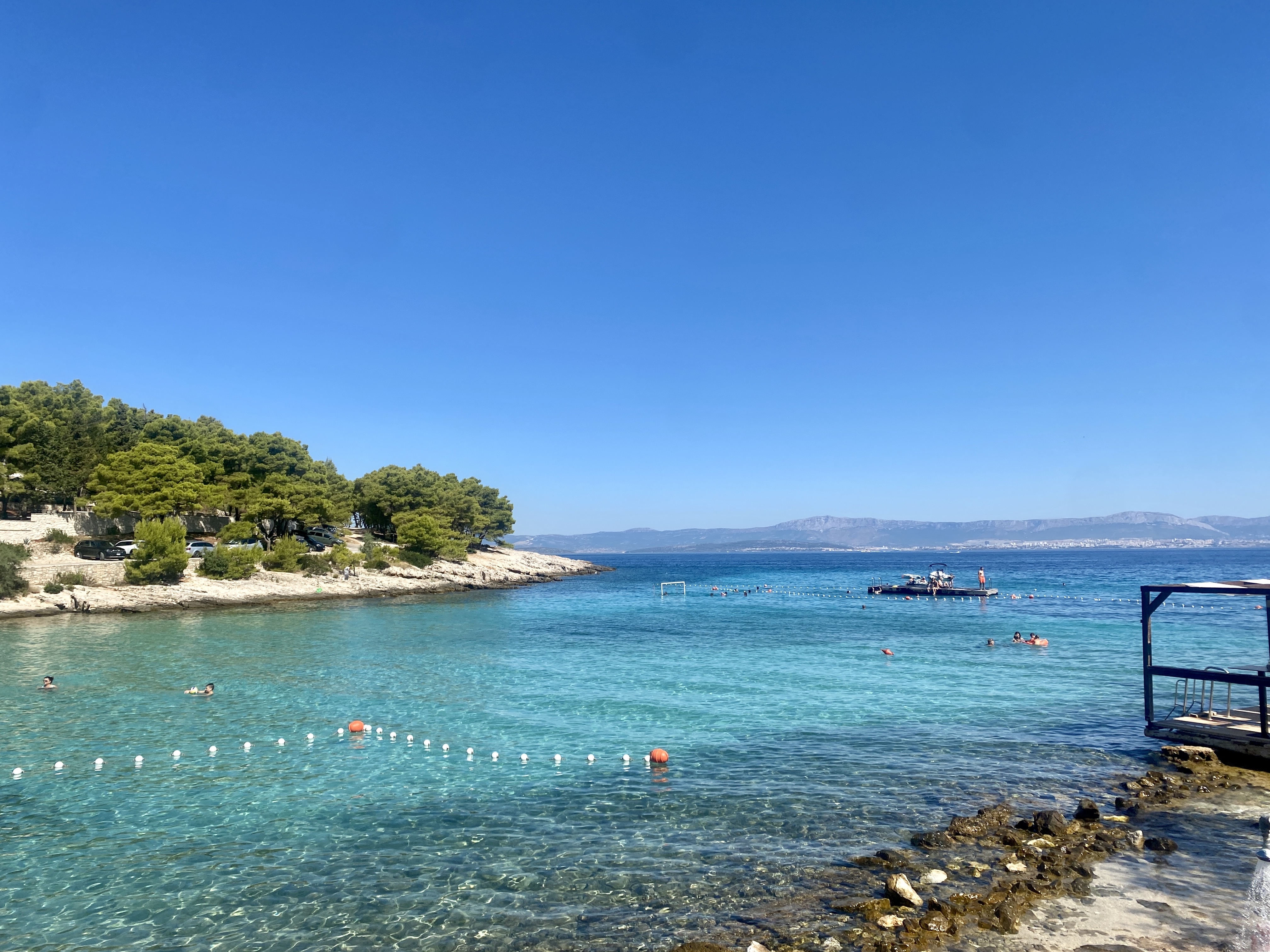White Blood Cells
Cards (10)
- What is the function of white blood cells?
- What are the 2 main types of white blood cells?
- What are the 2 ways in which lymphocytes fight pathogens?
- How do Antitoxins work in lymphocytes?
- How do Antibodies work in Lymphocytes?
- A) lymphocyteB) antibodyC) antigenD) pathogenE) antibody attached to antigen
- How do Phagocytes fight off pathogens? (3)
- What are the non-specific defences of the skin against pathogens? (3)
- What are the non-specific defences of the nose against pathogens? (2)
- What are the non-specific defences of the stomach against pathogens?
